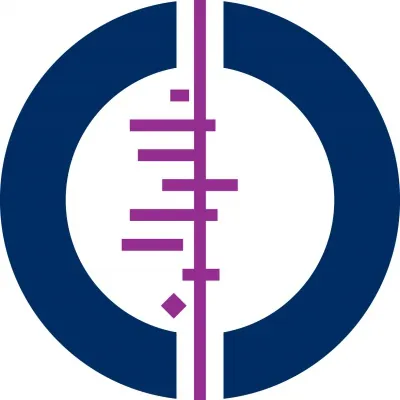
Alarm Bells Ring: Microsoft Unleashes 134 Patches Amidst Active Zero-Day Threat!
2025-04-09
Author: Li
Microsoft's Patch Tuesday Shakes Things Up!
In a dramatic Patch Tuesday update for April, Microsoft tackled a staggering 134 vulnerabilities, spotlighting one particularly alarming zero-day bug that's actively being exploited.
What's This Zero-Day All About?
The culprit, known as CVE-2025-29824, is a privilege escalation flaw lurking within the Windows Common Log File System (CLFS) Driver. This vulnerability is no minor issue—"It's a core component of Windows, posing threats to enterprise systems and critical infrastructures," warns cybersecurity expert Mike Walters.
Should this flaw be exploited, attackers could gain SYSTEM-level access—the ultimate privilege level on Windows systems. But here's the catch: these elevation-of-privilege exploits typically require a foothold in the system first.
Ransomware Operators on High Alert!
Experts are particularly wary, as elevation of privilege vulnerabilities like these have become hot targets for ransomware operators, according to Tenable's Satnam Narang. The urgency escalates with active exploits confirmed in the wild, yet a patch for both 32-bit and 64-bit Windows 10 systems is still under wraps, leaving many vulnerable to attack, warns Immersive’s Ben McCarthy.
Adding to the chaos, a concerning delay in the release of Windows 10 patches—contrasted with a 40-minute lag for the Windows 11 update—raises eyebrows about potential internal issues at Microsoft.
Exploit Not Just Theoretical!
CVE-2025-29824 has been targeted against various sectors, including IT firms, real estate companies in the U.S., and even the financial industry in Venezuela—as confirmed by Microsoft.
Tyler Reguly, a security R&D director, remarked on the cyclical nature of CLFS vulnerabilities: "When one is patched, researchers often uncover additional issues. I'd bet we'll see more CLFS vulnerabilities next month."
A Look at Other Critical Updates
April’s Patch Tuesday wasn’t just about emergency fixes. Microsoft also addressed CVE-2025-26663, a critical flaw that poses risks for organizations operating Windows Lightweight Directory Access Protocol (LDAP) servers.
Another notable vulnerability, CVE-2025-27472, relates to the Mark of the Web (MOTW)—a common target for threat actors, suggesting potential vulnerabilities could be exploited again shortly.
Remote Code Execution Vulnerabilities Decline!
In a twist, the trend for this month shifted. This year's Patch Tuesday saw a record-high focus on elevation of privilege flaws, which made up over 40% of all patched vulnerabilities. Generally, remote code execution (RCE) flaws dominate these updates, but only a quarter of this month’s flaws fell into that category.
Stay Vigilant: More Updates Coming!
As organizations scramble to stay secure, it's essential to keep an eye on recurring vulnerabilities in familiar technologies like Office, Edge, CLFS, and MOTW. If you’re in charge of information security, now’s the time to question your vendors on how they're helping you stay ahead of these risks.
Apple's Security Update Can't Be Overlooked!
Amidst the chaos at Microsoft, Apple also rolled out a significant security update on March 31, aimed at addressing actively exploited vulnerabilities. This reinforces the idea that Patch Tuesday is a golden opportunity for businesses to push vital updates across their devices.
Pro tip: Always back up devices before pushing updates—better safe than sorry if the new software causes any hiccups!





 Brasil (PT)
Brasil (PT)
 Canada (EN)
Canada (EN)
 Chile (ES)
Chile (ES)
 Česko (CS)
Česko (CS)
 대한민국 (KO)
대한민국 (KO)
 España (ES)
España (ES)
 France (FR)
France (FR)
 Hong Kong (EN)
Hong Kong (EN)
 Italia (IT)
Italia (IT)
 日本 (JA)
日本 (JA)
 Magyarország (HU)
Magyarország (HU)
 Norge (NO)
Norge (NO)
 Polska (PL)
Polska (PL)
 Schweiz (DE)
Schweiz (DE)
 Singapore (EN)
Singapore (EN)
 Sverige (SV)
Sverige (SV)
 Suomi (FI)
Suomi (FI)
 Türkiye (TR)
Türkiye (TR)
 الإمارات العربية المتحدة (AR)
الإمارات العربية المتحدة (AR)